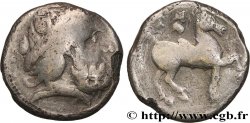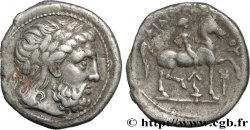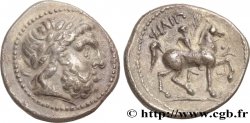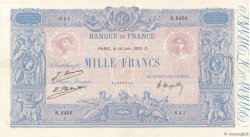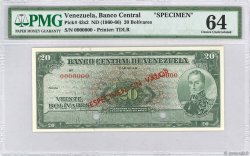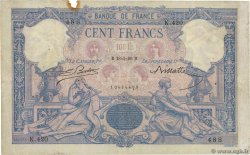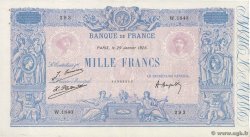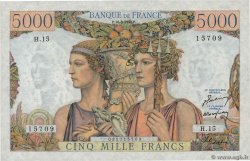MONNAIES 32 (2007)
Начальная цена : 380.00 €
Назначить цену : 600.00 €
непроданный лот
Начальная цена : 380.00 €
Назначить цену : 600.00 €
непроданный лот
Тип Tétradrachme “au rameau”
Дата: (IIe-Ier siècles avant J.-C.)
Металл: silver
Диаметр: 25,6 mm
Ориентация осей монеты: 9 h.
Вес: 13,72 g.
Редкость: R2
Комментарии о состоянии
Bon exemplaire, complet et homogène, avec une patine grise et brillante. On devine un défaut de métal ou une contremarque sur le portrait
Ссылки в каталоге: :
Лицевая сторона
Аверс: легенда: ANÉPIGRAPHE.
Аверс: описание: Tête laurée de Zeus à droite ; grènetis.
Обратная сторона
Реверс: Описание: Cavalier au pas à droite, tenant une palme de la main droite ; le cheval lève l'antérieur à droite ; entre les jambes du cheval, une torche.
Реверс: легенда: FILIP - POU
Комментарий
Si le statère d’or de Philippe II de Macédoine a servi de prototype à de nombreuses imitations gauloises, le tétradrachme n’a pas été imité en Gaule, mais reste principal sujet d’inspiration des monnaies pour les Celtes du Danube (LT. 9697-9767, 9768-9832, 9618-9630, 9870-9886). Les premières imitations furent frappées dans le premier quart du IIIe siècle avant J.-C. La fabrication des copies serviles, puis des imitations, enfin des frappes celtiques continuèrent pendant plus de deux siècles.
Au revers la torche correspond à Philippe III pour Amphipolis entre 323 et 316.
Au revers la torche correspond à Philippe III pour Amphipolis entre 323 et 316.








 Cообщить об ошибке
Cообщить об ошибке Распечатать страницу
Распечатать страницу Отправить мой выбор
Отправить мой выбор Задать вопрос
Задать вопрос Consign / sell
Consign / sell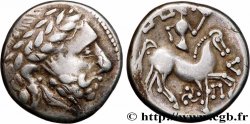
 Информация
Информация
